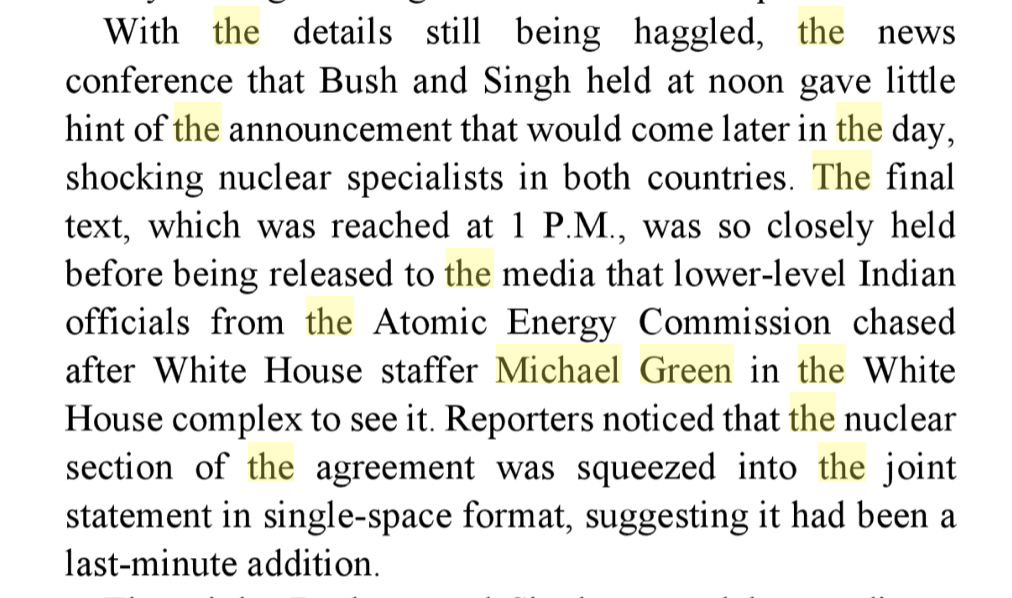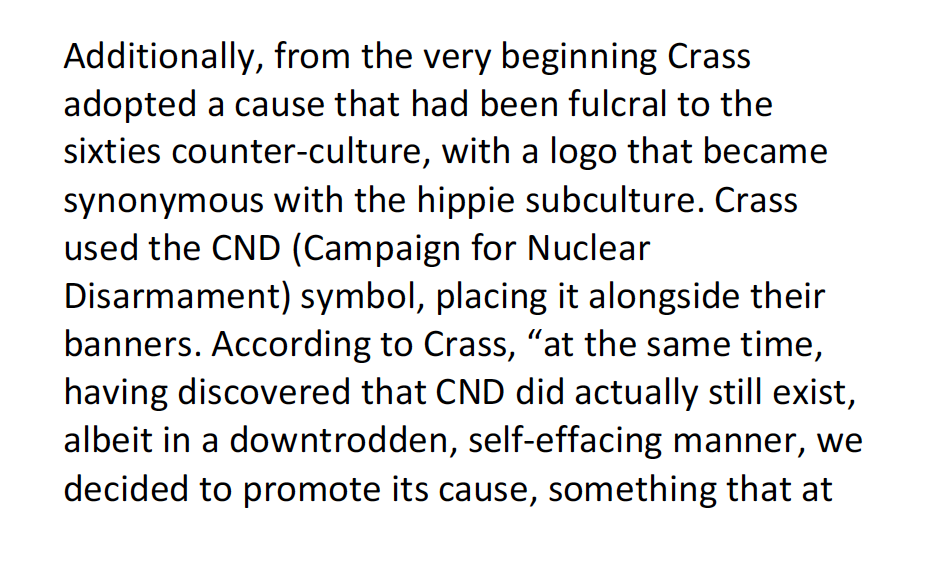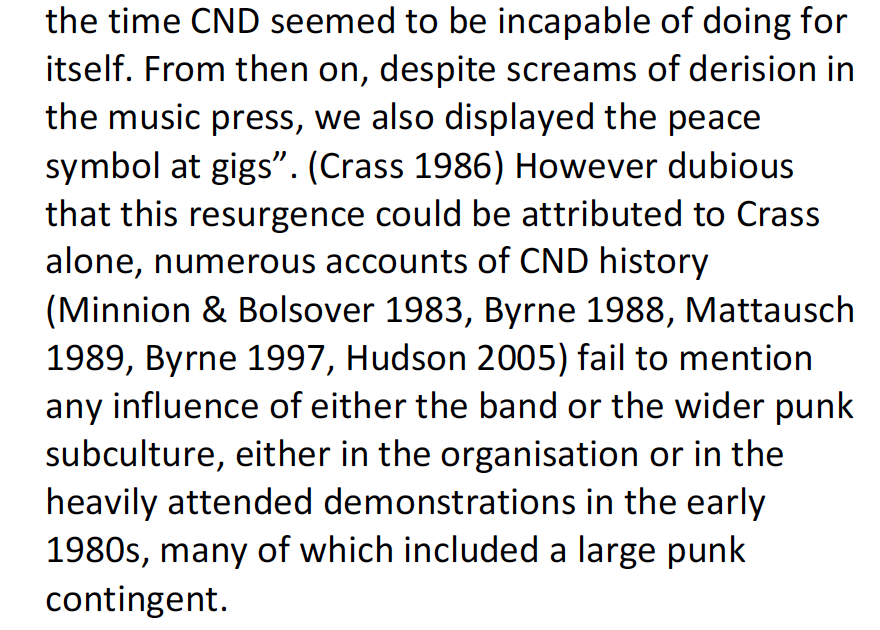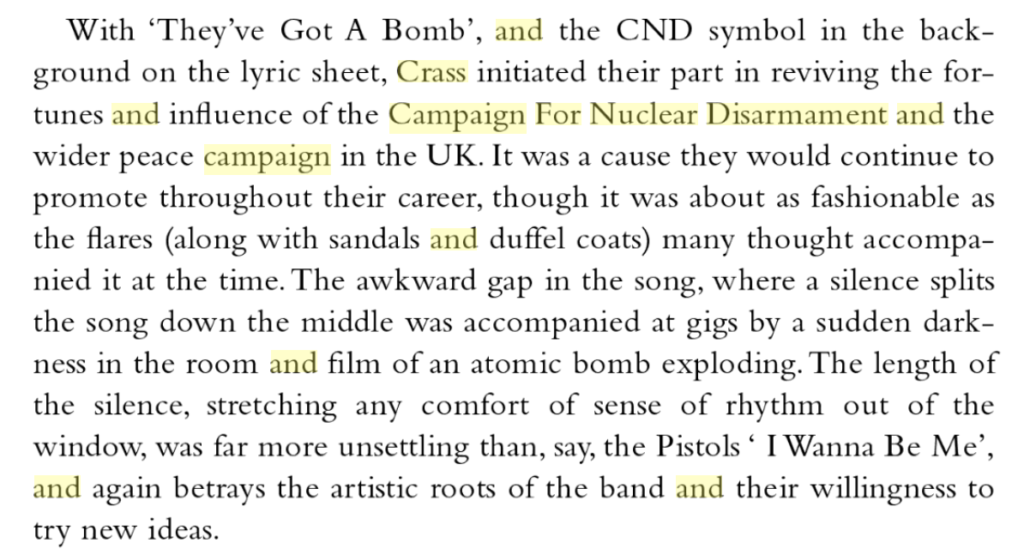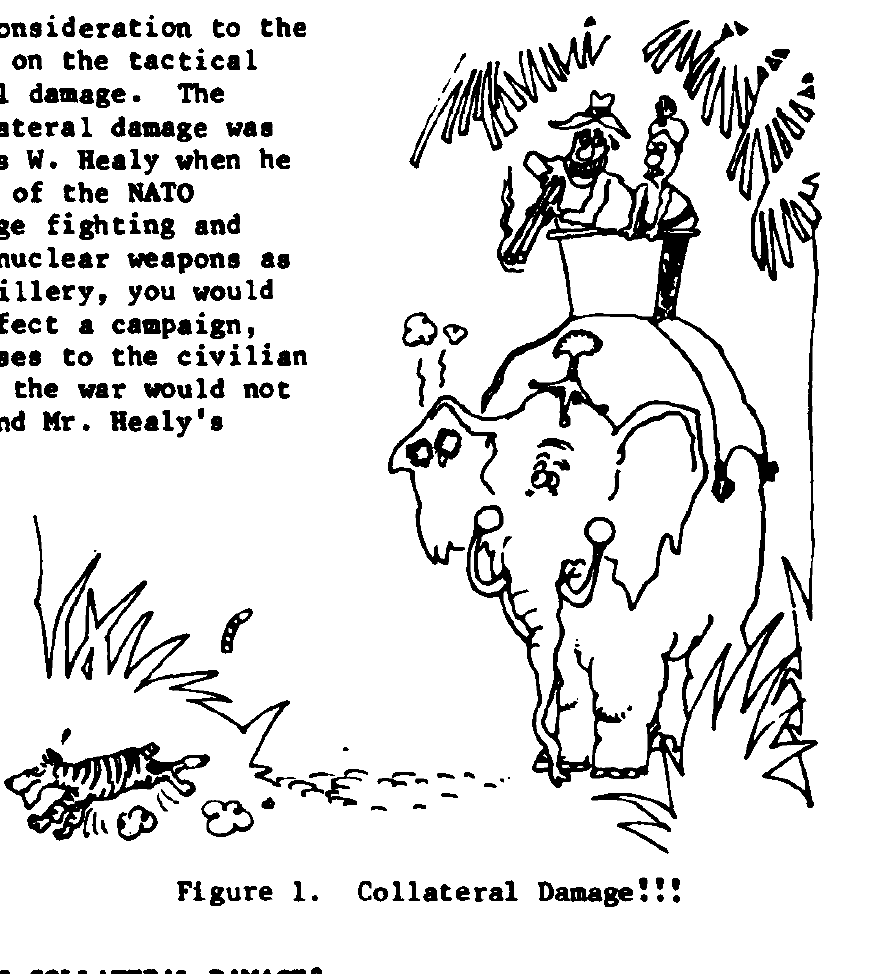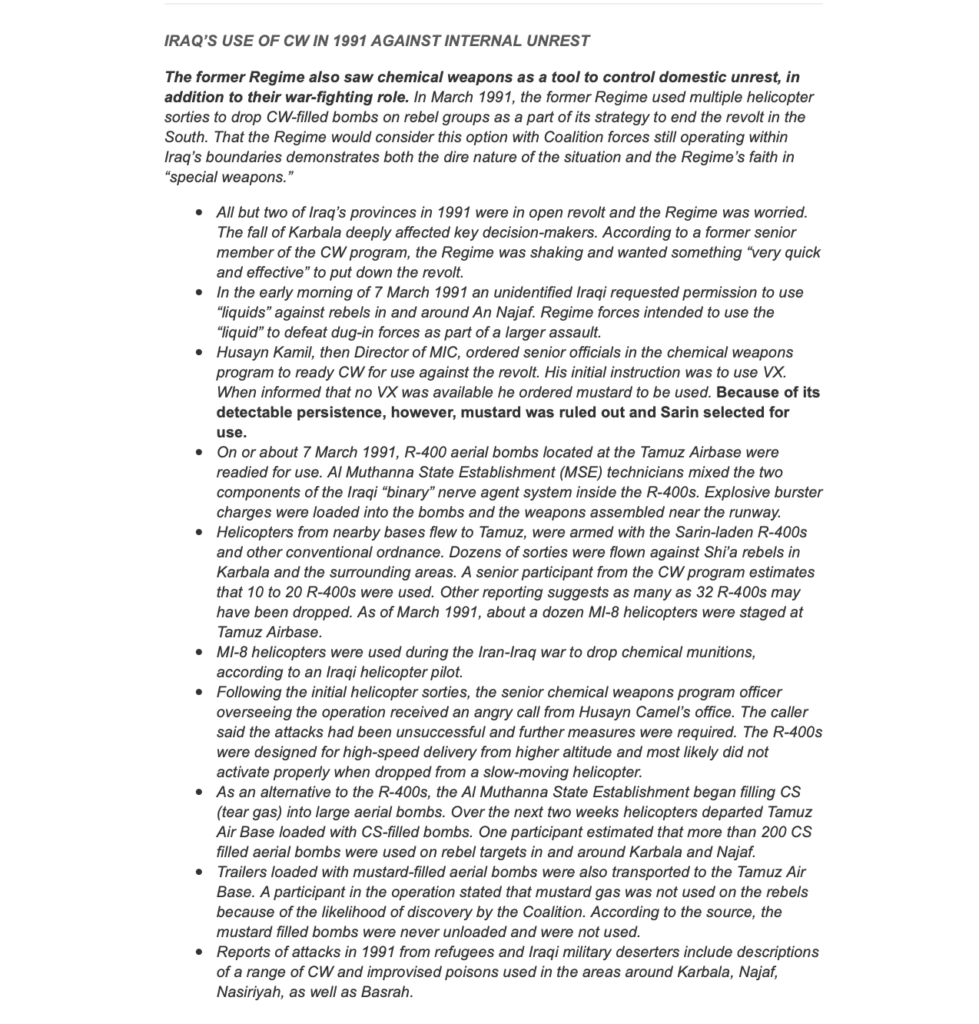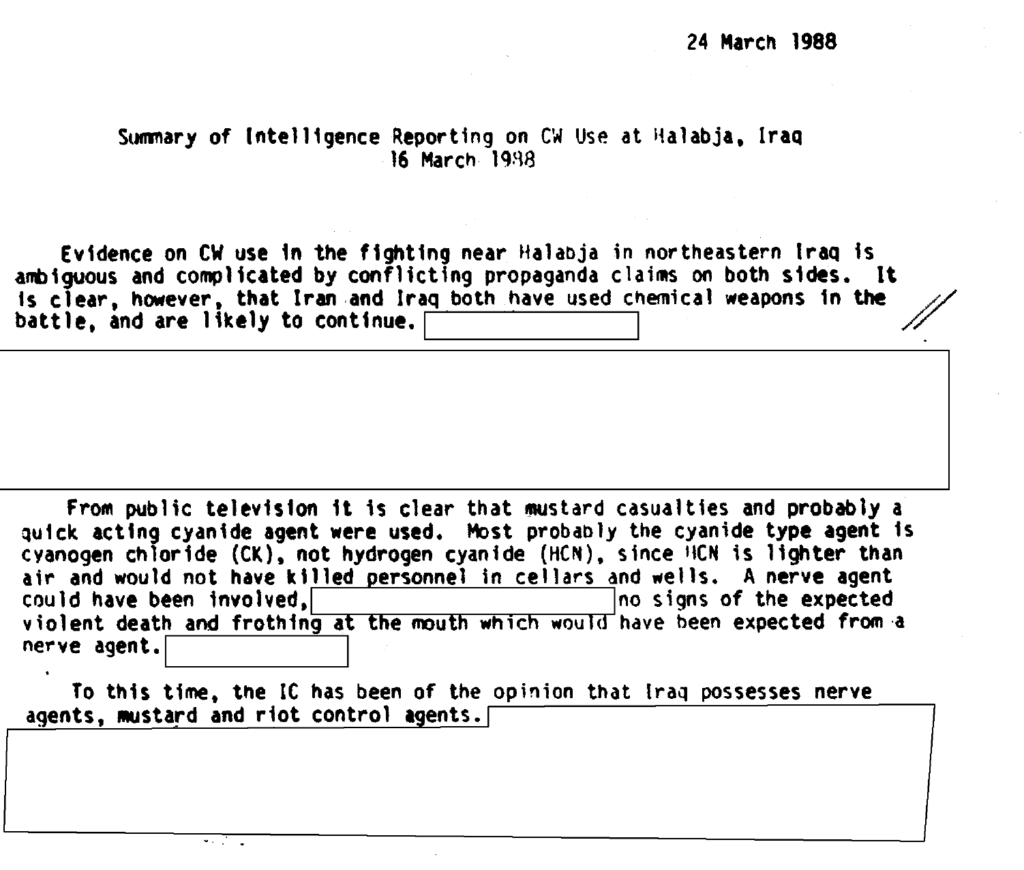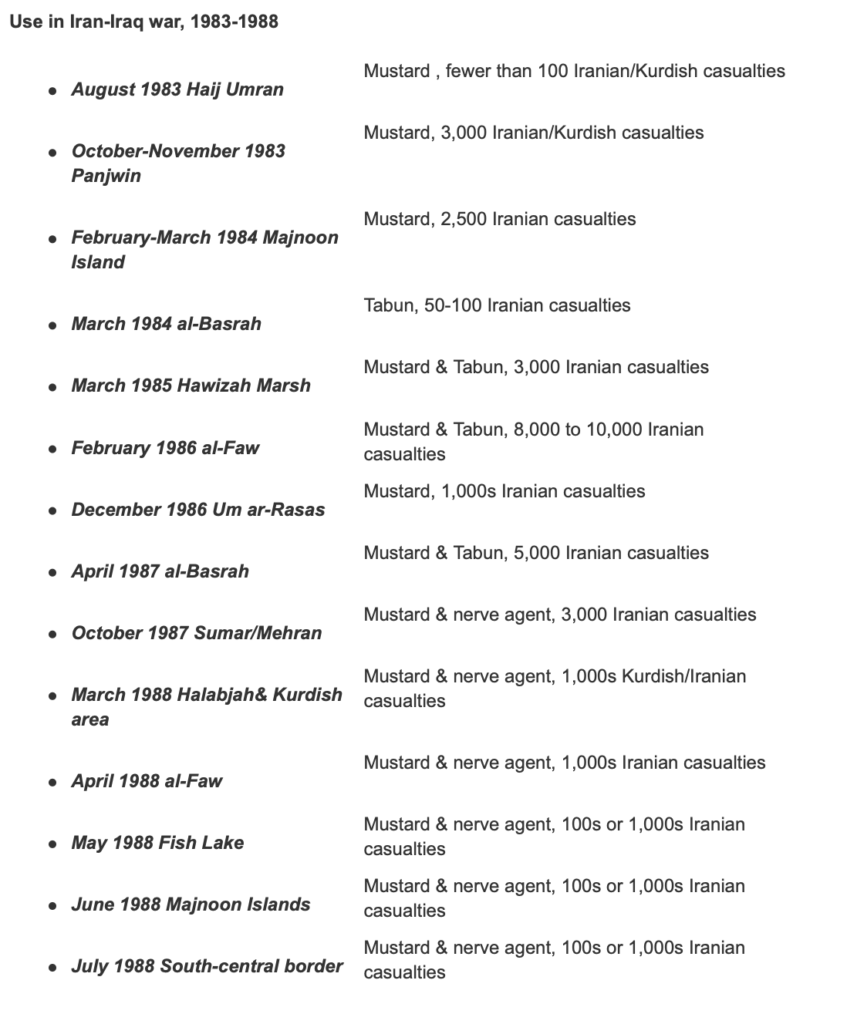The Deccan Herald recently published an excerpt from Anil Kakodar’s book Fire and Fury: Transforming India’s Strategic Identity. Part of the excerpt briefly discusses the considerable effort just before a 2006 U.S. Presidential visit to finalize the separation plan related to the 123 agreement:
Two days before Bush’s arrival, the US team was in New Delhi to finalise the text of the Separation Plan and both the sides were negotiating in South Block till 2 AM on the night before the US President was reaching.
Glenn Kessler’s book The Confidante: Condoleezza Rice and the Creation of the Bush Legacy includes a somewhat-similar vignette:
